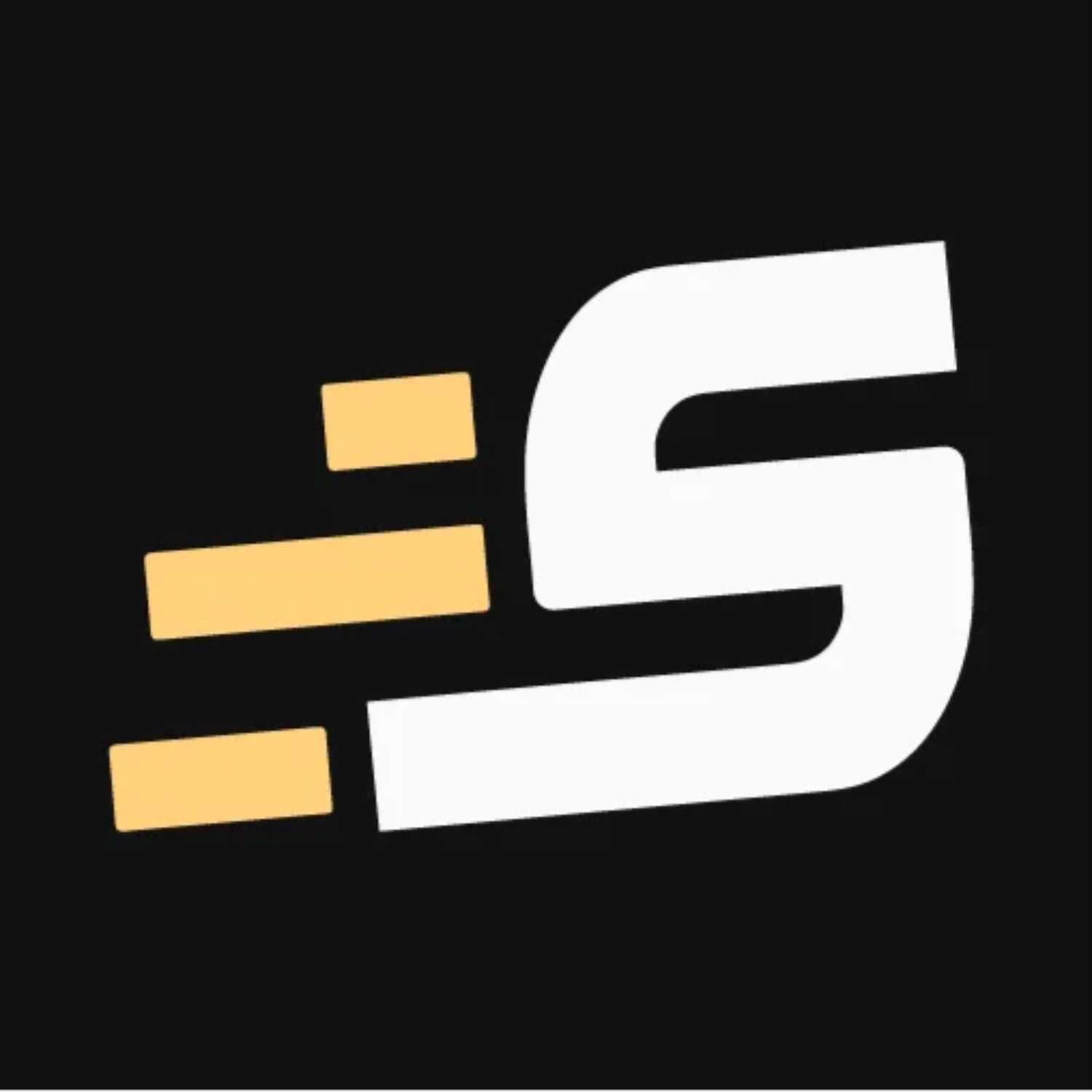In the competitive realm of Software as a Service (SaaS), User Experience (UX) design is not just a luxury; it’s a fundamental component that can significantly impact a product’s success. This article highlights the importance of UX design in SaaS products, its effect on customer satisfaction and retention, and its role in influencing acquisition and churn rates.
This article is also available as an audio transcript, see below :
1. The Importance of SaaS UX Design
a. Understanding the Role of UX Design in SaaS Products
UX design in SaaS products goes beyond aesthetics; it encompasses the overall feel of the product, how easy it is for users to complete their desired tasks, and how satisfying the overall interaction is. It’s about creating a seamless, intuitive, and enjoyable experience for the user. In a market where users have numerous options, good UX design can be the differentiator that sets a SaaS product apart. As such, an effective product management policy is in order.
b. The Impact of Good UX Design on Customer Satisfaction and Retention
Good UX design plays a pivotal role in customer satisfaction. An intuitive and seamless user experience increases the likelihood that users will continue using the product, thereby boosting retention rates. Conversely, a complicated or non-intuitive user interface can frustrate users, leading to higher abandonment and churn rates.
- Ease of Use: A well-designed UX makes it easy for users to navigate the product and utilize its features, enhancing user satisfaction.
- Reduced Learning Curve: A simple and clear UX design reduces the time and effort required for users to get acquainted with the product, increasing the likelihood of adoption.
- Positive User Interaction: Consistent and enjoyable user interactions build positive associations with the product, encouraging long-term use.
c. The Link Between UX Design and Acquisition and Churn Rates
UX design directly influences a SaaS company’s acquisition and churn rates:
- First Impressions: A user’s first interaction with a product often sets the tone for their entire experience. A positive UX design can lead to higher conversion rates from trial users to paying customers.
- User Feedback and Referrals: Satisfied users are more likely to recommend the product to others, aiding in organic growth and new user acquisition.
- Churn Prevention: An intuitive and satisfying UX can be a key factor in preventing users from switching to competitor products, thus reducing churn rates.
2. Best Practices for SaaS UX Design
a. Simplifying the User Journey: Streamlining the Onboarding Process
- Guided Tours: Implement guided tours for new users to demonstrate key features and functionalities.
- Progressive Disclosure: Introduce features gradually to avoid overwhelming users.
- Interactive Tutorials: Use interactive tutorials to engage users and help them understand the product quickly.
b. Designing Intuitive and User-Friendly Interfaces
- Consistency in Design: Ensure consistency in colors, fonts, and layouts across the platform to reduce the learning curve.
- Familiar Layouts: Utilize familiar layouts and elements so users feel comfortable navigating the product.
- Responsive Design: Ensure your design is responsive and provides a seamless experience across all devices.
c. Incorporating Clear and Minimalistic Information Architecture
- Simple Navigation: Design a simple and intuitive navigation system that makes it easy for users to find what they are looking for.
- Logical Grouping: Group similar functions together for easy access and discovery.
- Minimalist Approach: Avoid clutter by keeping the interface clean and only including essential elements.
d. Utilizing Dynamic and Consistent Layouts and Icons
- Dynamic Layouts: Implement dynamic layouts that adapt to user needs and preferences.
- Standardized Icons: Use standardized icons and visual cues for common actions to enhance user understanding and interaction.
- Visual Hierarchy: Use size, color, and placement to establish a clear visual hierarchy, guiding users’ attention to key elements.
e. Enhancing User Engagement with Interactive Features and Tooltips
- Interactive Elements: Use interactive elements like sliders, collapsible menus, and hover effects to make the interface engaging.
- Contextual Tooltips: Implement tooltips that provide users with additional information when needed.
- Feedback Loops: Include immediate feedback mechanisms, like animations or messages, for user actions to keep users informed and engaged.
3. Case Studies: Successful SaaS UX Design Examples
a. FreshBooks: Powerful Functionality with a Clean and Simple Interface
FreshBooks, an accounting software, excels in offering a straightforward and intuitive user interface. Key takeaways:
- Simplicity: The design prioritizes simplicity, making financial tasks less intimidating for users.
- Ease of Use: Navigation is straightforward, enabling users to find features quickly.
- Visual Clarity: The use of clear, understandable icons and a consistent color scheme enhances the user experience.
b. Canva: Intuitive Design and Short Learning Curve for Non-Designers
Canva, a graphic design tool, is renowned for its user-friendly interface, especially for users without a design background. Highlights include:
- Drag-and-Drop Functionality: This feature simplifies the design process, making it accessible for beginners.
- Template Variety: A wide range of templates offers users a starting point, aiding in ease of use.
- Guided User Journey: The platform guides users through the design process, enhancing their confidence and creativity.
c. LinkedIn: Effective Search and Networking Features with a Minimalistic UI
LinkedIn’s professional networking platform uses a minimalistic UI to enhance usability. Key aspects:
- Intuitive Navigation: The straightforward navigation bar allows easy access to key features.
- Search Functionality: Advanced search options are designed to be user-friendly, facilitating networking and job searching.
- Consistent Layout: The consistent layout across different pages provides a seamless user experience.
Userpilot, known for its user onboarding software, showcases effective UX design through:
- Clear Pagination: This feature helps users understand their progress and navigate through different sections effortlessly.
- Structured Layout: The well-structured layout aids in easy navigation and information processing.
- Interactive Elements: Interactive features engage users and provide a hands-on experience.
e. Asana: Clear Information Hierarchy and Task Management Interface
Asana’s task management interface stands out for its clarity and organization. Highlights:
- Task Visualization: The platform allows easy visualization of tasks, enhancing productivity and collaboration.
- Information Hierarchy: A clear hierarchy helps users prioritize tasks and manage their workflow effectively.
- Customizability: The ability to customize views and settings according to individual or team preferences enhances user experience.
Conclusion
These case studies from FreshBooks, Canva, LinkedIn, Userpilot, and Asana illustrate the impact of effective UX design in the SaaS sector. They underscore the importance of simplicity, intuitiveness, clear information architecture, and user engagement in creating successful SaaS products. By emulating these examples, SaaS companies can significantly enhance their UX design, leading to improved user satisfaction and business success.




